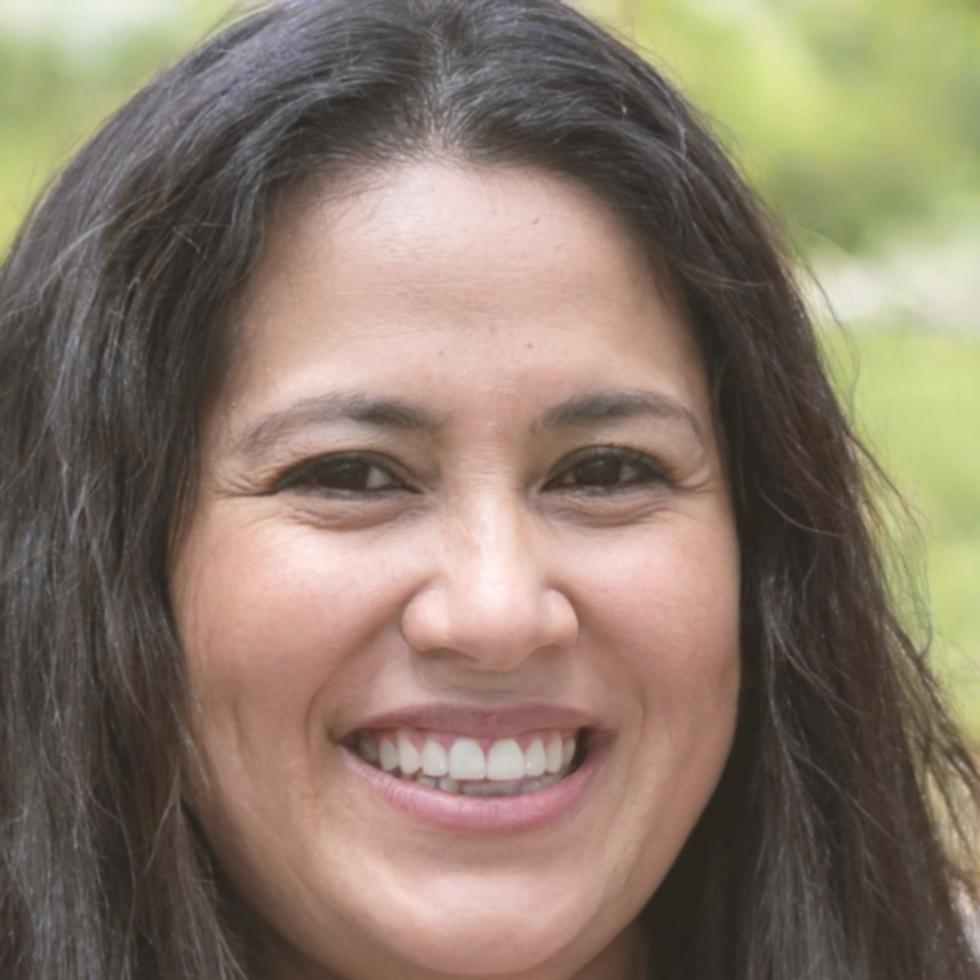Master Financial Models That Actually Work in Real Markets
Corporate finance isn't about formulas in textbooks. It's about building valuations that hold up when executives challenge your assumptions at 3pm on a Thursday.
What Sets Analysts Apart
After reviewing hundreds of financial models from both junior and senior analysts, we've noticed patterns. The gap isn't about intelligence or effort – it's about method.
Model Structure
Most spreadsheet errors happen because tabs aren't organized logically. When your CFO asks you to update a growth assumption, you shouldn't need to hunt across twelve sheets to find every cell that references it.
Assumption Documentation
Three months from now, will you remember why you used that specific discount rate? Good analysts leave audit trails. Great ones build models that explain themselves to whoever opens them next.
Scenario Planning
Markets shift. Forecasts age poorly. Your model should handle sensitivity analysis without breaking formulas or requiring manual updates across dozens of linked cells.
Presentation Logic
Executives don't care about your forty-tab masterpiece. They want three clean outputs that answer their question directly. Build for your audience, not your ego.
Problems You'll Actually Solve
These aren't theoretical exercises. We pulled them from actual projects where analysts got stuck and needed a different approach to move forward.

Circular Reference Nightmares
Your debt schedule references interest expense, which references debt balance, which references... yeah. Learn to break these loops without destroying your model's integrity.
Revenue Recognition Timing
When your company recognizes revenue over eighteen months but bills upfront, your cash flow statement and P&L tell very different stories. This confuses executives and tanks confidence in your work.
M&A Integration Modeling
Combining two companies' financials sounds straightforward until you hit different fiscal years, accounting policies, and that one division nobody can quite explain.
How We Teach This
Most corporate finance courses dump theory on you and hope you figure out application later. We start with a broken model and work backwards to understand why it fails.
- You receive a realistic financial model with subtle errors – the kind that pass a quick review but explode under stress testing
- Work through identification phase using auditing techniques that catch issues before they reach senior management
- Rebuild sections properly while documenting your logic for future analysts who inherit your work
- Present findings in formats executives actually use for decision-making, not academic presentations

Recent Project Examples
These come from our 2024 cohort. Real companies, real challenges, real learning moments that changed how participants approached their day jobs.

SaaS Valuation Rebuild
A participant's executive team rejected their growth projections as "too aggressive." We walked through comparable analysis methodology and covenant modeling. The revised presentation got board approval two weeks later.

Manufacturing Cost Analysis
Complex supply chain meant raw material costs varied wildly month to month. Standard variance analysis missed the pattern. We introduced rolling average techniques that revealed the actual procurement issue.
From Someone Who's Been Through It
I thought I knew financial modeling until my director tore apart my first LBO analysis. This program showed me where my gaps actually were – not Excel skills, but understanding what questions the model needed to answer before I started building.
Next Program Starts September 2025
We run two cohorts annually – autumn and spring. Each program runs twelve weeks with evening sessions designed for working analysts. Class size caps at sixteen participants to maintain quality interaction.
